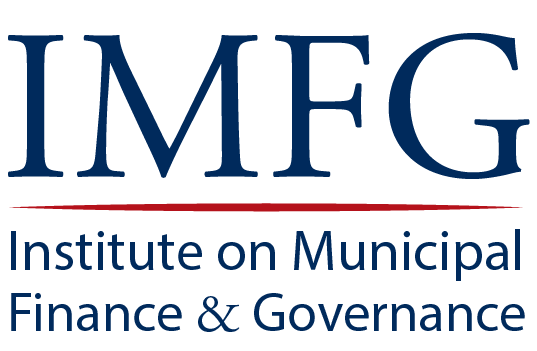Land Use Planning to Mitigate Climate Change in the Greater Golden Horseshoe
Canada aspires to reduce its greenhouse gas (GHG) emissions by up to 45 percent of its 2005 levels by 2030. Municipalities can play their part in reaching that goal by minimizing the use of carbon-generating transportation modes and by creating patterns of sustainable development. Yet many Canadian municipal and regional plans do not fully consider the potential effects of housing development on regional GHG emissions.
In a new paper for the Institute on Municipal Finance and Governance, Clara Turner, Jeff Allen, Karen Chapple, and Sarah A. Smith evaluate the impact of different residential development patterns in the Greater Golden Horseshoe (GGH), ranging from All-Sprawl outside of built-up areas to No Sprawl and all infill, on Ontario’s GHG reduction targets. The authors reveal substantial variations in emissions based on different future development patterns and suggest that aggressive intensification would reduce greenhouse gas emissions by as much as 26 percent, with particularly significant and compounding effects to be expected over the long term. The report also reviews recent growth patterns across GGH municipalities, considering the latest targets set out in provincial legislation, and finds variation in the extent to which cities channel development to built-up areas. The authors identify the role of local and regional governance in supporting infill development through the facilitation of land use policies and incentive programs. They conclude with a series of recommendations for integrating provincial land use patterns with climate goals and they suggest some areas for further research.
